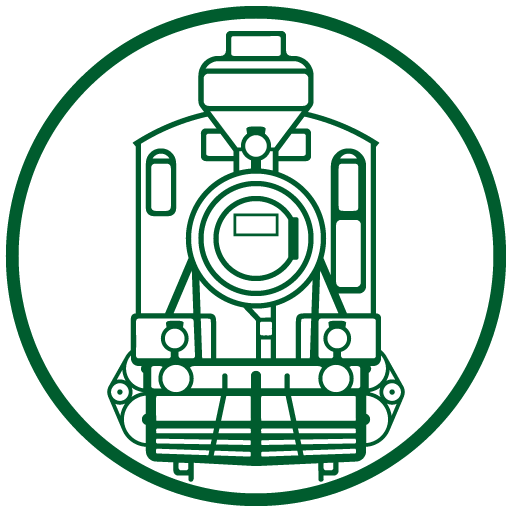Because the A3 class passenger engines were particularly suitable for duties on the Riihimäki–St Petersburg railway, thirteen similar locomotives were ordered for the Turku–Tampere–Hämeenlinna railway from Sigl of Austria. They were built virtually to the same drawings as A3 nos. 44–47. Supplied in three lots in 1875 and 1876, they were numbered 71–76 and 79–85. In 1879, these became nos. 201–210 and 59–61 respectively, and in 1887 nos. 201–210 were again renumbered, becoming nos. 90–99. These locomotives were classified A6 in 1885 in spite of being practically identical to the A3 and A5 classes, the criteria for the old classification scheme being a different one for each manufacturer.
When new, the A6 engines could easily be distinguished from the older A class engines by their brass dome covers. However, this distinction became unreliable after other locomotives received spare boilers with brass dome covers during workshop visits. The A6 class engines were built for wood burning but two were tested for coal firing in 1890 and the majority burnt coal for various lengths of time between 1908 and 1916. Originally, the screw brake in the tender was the only means of braking until a steam brake was fitted at the turn of the century; an air brake was later fitted. Train heating equipment was installed in the early 20th century. Nos. 59–61 had the same special type of ashpan used by the Baldwin A4 class engines. A handrail surrounded the running plates.
Some of the class were equipped with Nathan displacement lubricators, Ramsbottom safety valves, manual sanding equipment and paraffin lighting. A Kylälä single blast pipe was installed on no. 93 but this was soon removed. From 1923, no. 61 was attached to a six-wheel tender removed from a D1 class locomotive.
The A6 class were mainly used to haul long distance passenger services in southern Finland and for this reason were allocated to Viipuri, St Petersburg, Turku and Tampere MPDs. As soon as the H1 to H4 classes (Hk1, Hk2 and Hk3 after 1942) were introduced in about 1905, the entire A6 class was relegated to light local services and shedded at Elisenvaara, Helsinki, Riihimäki, Lahti, Karjaa, Hanko, Toijala and Seinäjoki. By 1915, they were already being found on railway engineering duties, which became their main means of employment in the 1920s when they were stabled at any convenient nearby shed. They were withdrawn in 1922–29.

